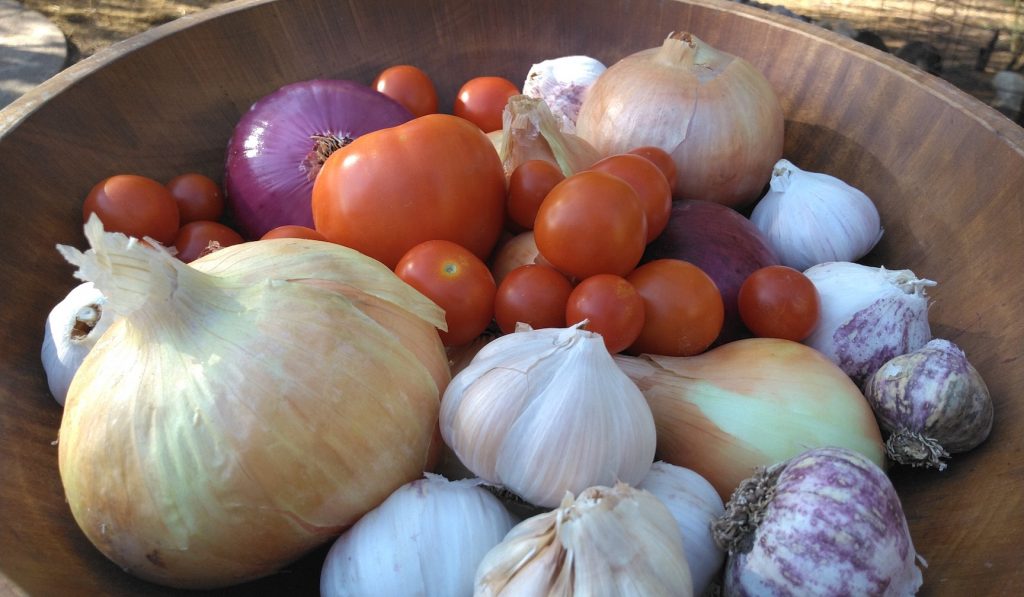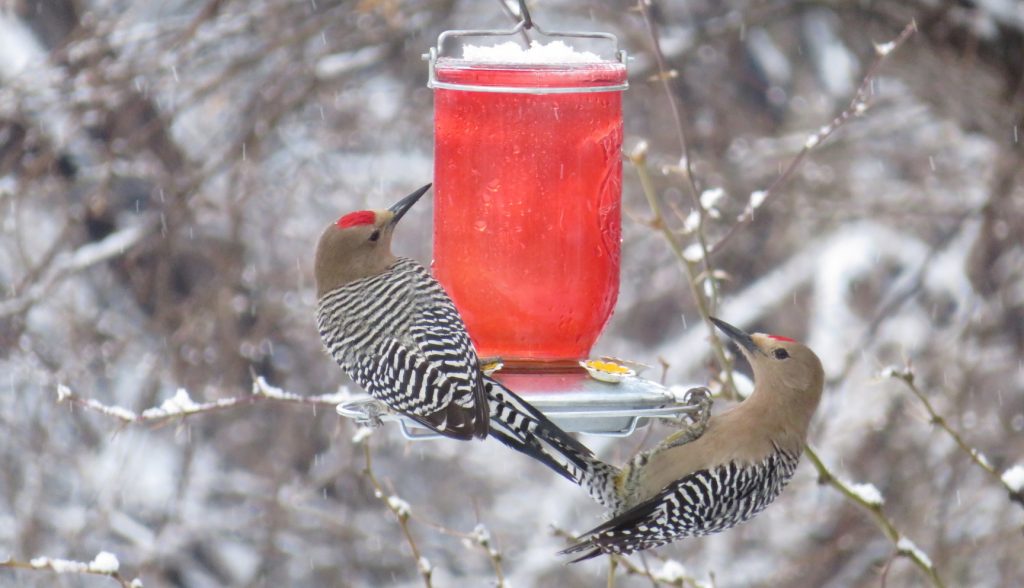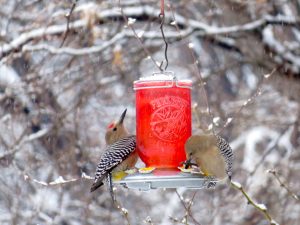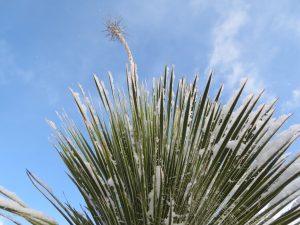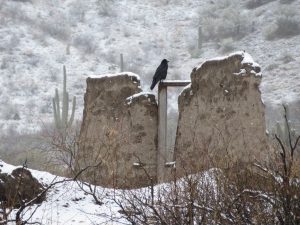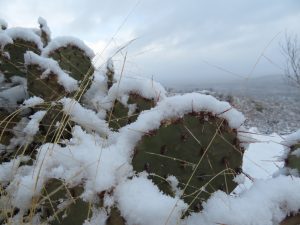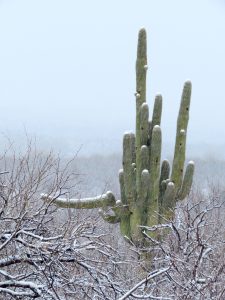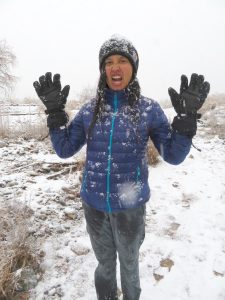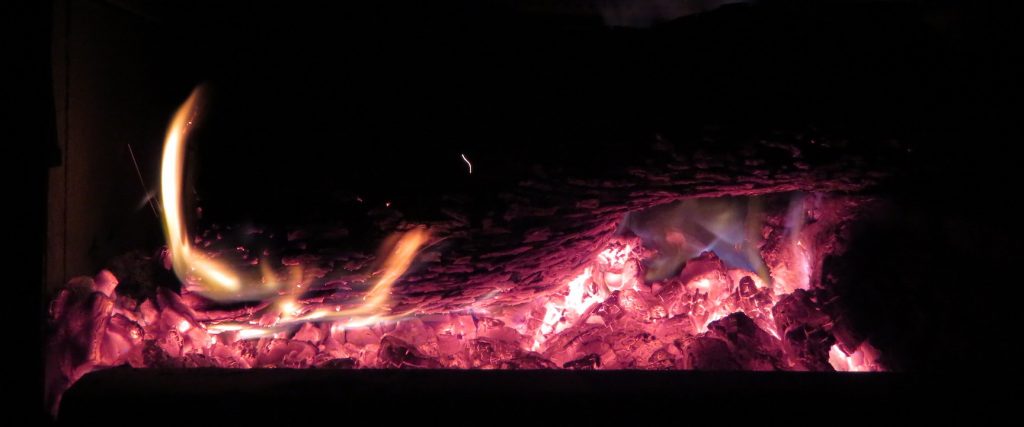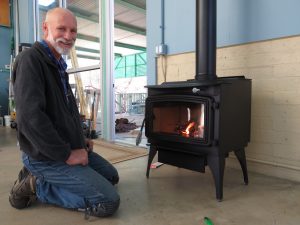Counting raindrops at Biosphere 2
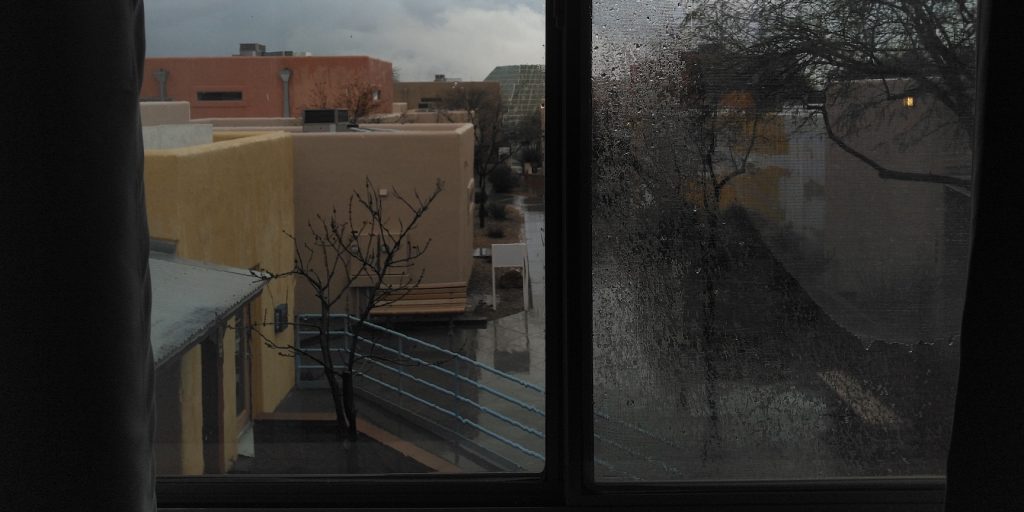
My days are full, from sunrise to well after sunset. My creation of the world’s highest fidelity Mars habitat analog compels me likely nothing else since the days of Yellow Dog Linux. I am driven 80+ hours each week, save a beer, pizza, and movie each Friday night with my partner Colleen.
Today, at Biosphere 2, the rain began at noon, a light sprinkle, nothing more. Now, five hours later it beats against the window as though it could break in if it truly desired. At my computer I am catching up on email, financials, and on-online orders while two of my team members install electrical circuits in the greenhouse of SAM, our Mars habitat analog here at Biosphere 2.
I pause every few minutes to look outside and sip my hot ginger tea. While fierce and strong, the sound of rain soothes me as I have not felt for a long time. If the rain would turn to snow, the sound of flakes, while more subtle, would touch me even deeper.
